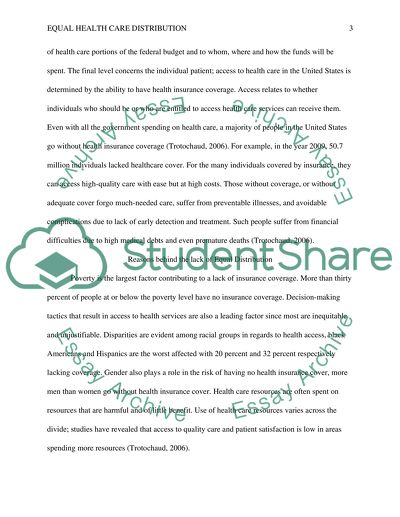Cite this document
(“The Ethics of Distribution, How to distribute health care fairly Essay”, n.d.)
The Ethics of Distribution, How to distribute health care fairly Essay. Retrieved from https://studentshare.org/social-science/1682813-the-ethics-of-distribution-how-to-distribute-health-care-fairly
The Ethics of Distribution, How to distribute health care fairly Essay. Retrieved from https://studentshare.org/social-science/1682813-the-ethics-of-distribution-how-to-distribute-health-care-fairly
(The Ethics of Distribution, How to Distribute Health Care Fairly Essay)
The Ethics of Distribution, How to Distribute Health Care Fairly Essay. https://studentshare.org/social-science/1682813-the-ethics-of-distribution-how-to-distribute-health-care-fairly.
The Ethics of Distribution, How to Distribute Health Care Fairly Essay. https://studentshare.org/social-science/1682813-the-ethics-of-distribution-how-to-distribute-health-care-fairly.
“The Ethics of Distribution, How to Distribute Health Care Fairly Essay”, n.d. https://studentshare.org/social-science/1682813-the-ethics-of-distribution-how-to-distribute-health-care-fairly.


